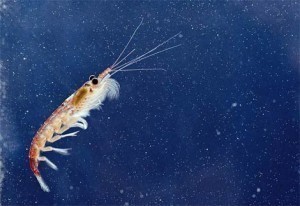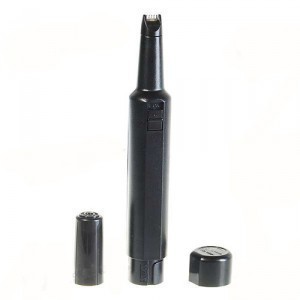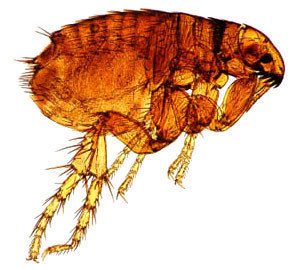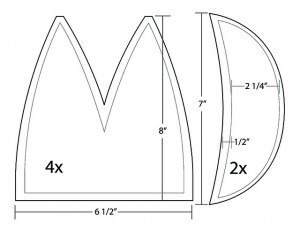Krill Size Guide
The average size of a krill is 0.4 to 0.8 inches (1 to 2 cm). There are some  krill that can reach sizes of 2.5 to 6 inches (6 to 15 cm). These creatures look a lot like shrimps, but one of their most distinguishable characteristics is their visible gills.
krill that can reach sizes of 2.5 to 6 inches (6 to 15 cm). These creatures look a lot like shrimps, but one of their most distinguishable characteristics is their visible gills.
Classification
The krill is a crustacean belonging to the Euphausiacea order (Eucarida superorder). They belong to the Malacostraca class.
Physical Description
Their exoskeleton is comprised of three segments: the abdomen, the thorax and the cephalon (head). The thorax and the head are connected as a single component. The exterior shell of the creature is translucent in majority of the species.
The krill has screening pigments, allowing it to see in complex lighting conditions. While the size of the krill varies, all of them have a couple of antennas.
The legs (thoracopods) are connected to the thorax. The number is not consistent among the species. These legs include the grooming legs. Majority of the krill also have swimmerets. These are reminiscent of those on crayfish and other crustaceans.
Diet and Predation
The krill can be found in every ocean on the planet. The creature feeds on zooplankton and phytoplankton. The krill then changes to a form useful for the bigger organisms that consume the krill.
It has been estimated that in the Southern Ocean, the Antarctic krill comprises a 500 million ton biomass. Nearly 50% is consumed by fish, whales, squid, penguins and seals.
The size of a krill does not have any effect on its migratory habits. They move around during the day and also at night. This allows their predators to go after them, which is crucial for ocean ecosystems to flourish.
The bathypelagic krill lives 3300 ft (1000 m) in the waters. It is regarded as the most basic type of krill in the world. The most popular are the Northern krill (Meganyctiphanes norvegica), the Pacific krill (Euphausia pacifica) and the Antarctic krill (Euphausia superba).
Distribution
The species are found in the Pacific and Atlantic oceans. The Northern krill is found in the Mediterranean Sea. Different types and sizes of krill are found off California and the Canarias current system.
The Antarctic is home to at least seven species. There are numerous types found in the Southern Ocean, including the E. vallentini and the E. longirostris.
Behavior
The krill is known for swarming. The size of the swarms varies greatly among the species. The Euphausia superb has swarms that are comprised of 60,000 krill per cubic meter. This usually occurs when the krill are threatened.
By swarming the predator will be confounded. However the swarms may also lead to feeding frenzies among its predators. The species have been observed to spend the daytime at deep levels. They then rise up in the evening.
For commercial fisheries, the size of a krill is not as important as the volume of the catch. Krill is used as food in many countries, including Russia and Japan. They are also utilized in the pharmaceutical industry.





